Russian military officials concede that the 1 June Ukrainian drone strike set multiple aircraft ablaze at the Olenya and Belaya air bases, but they continue to downplay losses, describing them as “several airframes.” Satellite analysts and independent defense outlets have documented at least five Tu-95MS strategic bombers destroyed and two more damaged, plus up to four Tu-22M3 Backfire bombers and an An-12 transport. Ukraine claims the tally is far higher—41 aircraft damaged or destroyed—while Western intelligence services put the number of total write-offs in the low double digits. Even at the most conservative estimate, Russia has lost roughly 10 percent of its operational Bear-H fleet and a similar share of its Backfires, airframes that cannot be replaced quickly because production lines closed decades ago.
Logistics and Sortie Capacity
Before the attack the Russian Aerospace Forces could generate roughly fifteen long-range bomber sorties per week against Ukraine, each carrying up to eight cruise missiles. With several Tu-95s and Tu-22Ms now in salvage yards and dozens more scattered to remote dispersal fields, sortie generation is down by an estimated one-third. Maintenance crews report shortages of hydraulic pumps, tires, and fire-suppression foam after cannibalizing stocks to meet emergency dispersal orders. Air-defense radars and SAM batteries have been redeployed from the front to protect bomber hubs deeper in Russia, reducing coverage along the Kharkiv–Luhansk axis. As a stop-gap measure, planners have substituted land-based Iskander missile fire for bomber-launched Kh-101 salvos, but production of Iskander reloads is already constrained by sanctions on high-speed bearings and semiconductors.
Nuclear-Deterrent Concerns
Strategic bombers form the most flexible leg of Moscow’s nuclear triad, capable of forward staging and recall. Their sudden vulnerability has generated rare public criticism from pro-Kremlin military bloggers, some of whom warn that “the credibility of Russia’s airborne deterrent has been punctured.” In response the Ministry of Defense ordered Tu-160 Blackjack bombers—of which only sixteen are airworthy—to rotate among six austere runways in the Arctic and Far East, complicating flight planning and tanker availability. Crews now perform alert duty inside heated vans rather than fixed shelters, a reflection of both dispersal pressure and inadequate hardened infrastructure for heavy aircraft.
Industry and Replacement Prospects
Tupolev’s Kazan plant has delivered only three new-build Tu-160M airframes since 2022, each requiring imported composites and avionics now subject to export controls. Even if Kazan were to accelerate to two airframes per year—the target announced in 2021—it would take a decade to offset confirmed losses from a single drone raid. Repair depots in Engels and Taganrog can patch shrapnel damage, but wing-root fires and undercarriage collapses typically consign airframes to scrap. Retired bombers stored outdoors since the 1990s are poor regeneration candidates; corrosion surveys conducted last year found 60 percent of parked Tu-22M3s unfit for overhaul.
Operational Repercussions in Ukraine
Fewer bomber salvos mean less pressure on Ukraine’s air-defense network, which in turn frees Patriot and IRIS-T batteries to protect front-line cities rather than critical infrastructure alone. Ukrainian General Staff estimates cruise-missile launch activity dropped from ninety-six weapons in the week before the raid to thirty-five in the week after, all fired by seaborne Kalibr platforms. Kyiv exploited the lull to repair power-distribution nodes around Khmelnytskyi and restart three gas-fired plants that had been offline since April. The time window may be temporary, but officials credit it with stabilizing the summer energy outlook.
Russian Domestic Fallout
State television called the attack “an isolated act of sabotage,” yet social-media channels aligned with the Wagner veterans’ movement have blasted the Defense Ministry for “decades of cosmetic airfield security.” Images of bombers covered in scrap tires to confuse optical-seeker drones have become memes symbolizing improvisation under duress. Governor Igor Kobzev of Irkutsk oblast, where Belaya air base is located, acknowledged fourteen civilian injuries from falling debris—an admission that contradicts initial federal statements that no population centers were affected. The Duma’s Security Committee has scheduled hearings on force-protection funding and may recommend diverting resources from tactical aircraft procurement to hardened bomber shelters, a politically sensitive shift.
Economic and Resource Strain
Ukraine estimates the cost of aircraft losses and damaged ground equipment at $7 billion. Even if that figure is halved, the hit is significant for a defense budget already stretched by armor and artillery attrition. The Kremlin is likely to fund bomber repairs by delaying procurement of Su-57 fighters and canceling upgrades to early batch T-90 tanks, according to budget drafts leaked to Russian media. Meanwhile, oil-and-gas revenue earmarked for regional development projects has been redirected to pay bonuses for Long-Range Aviation personnel, stoking resentment among provincial governors whose infrastructure funds are being siphoned off.
Strategic Messaging and Morale
Ukraine’s ability to strike 2,600 miles into Siberia undermines Moscow’s narrative that the homeland is beyond reach. Russian civilians posted videos of low-flying bombers departing Olenya under cover of darkness, fueling speculation that the air force no longer trusts its fixed bases. Morale among bomber crews is reportedly brittle; family members on VKontakte (social media) complain of extended Arctic deployments and insufficient defensive aids. The Ministry of Defense has ordered media outlets to stop publishing real-time footage of bomber operations, but intercepts of shortwave chatter indicate crews are flying with lights off and external stores loaded, a sign that quick-reaction alert status has replaced peacetime training patterns.
International Implications
NATO air forces view the raid as proof that cheap, commercially derived drones can neutralize high-value assets well behind the front line. U.S. European Command is examining whether American B-52 rotations at RAF Fairford require additional short-range air defenses or drone jammers. China’s People’s Liberation Army Air Force reportedly accelerated installation of netted hangars at its bomber bases in Anqing and Shaanxi after reviewing open-source imagery of the Russian damage. Insurance premiums for commercial logistics flights over northern Russia have risen 18 percent, reflecting perceived risk of follow-on strikes.
What’s To Come
Russian planners must now reconcile strategic-bomber doctrine with a reality in which aircraft on the ground are soft targets for inexpensive drones. Near-term, the air force will disperse, harden, and camouflage; long-term it must either fund new shelters or mount persistent counter-drone patrols—both resource-intensive. Ukraine, having demonstrated reach and psychological impact, will likely repeat such operations, banking on incremental attrition rather than decisive knockout. For Moscow the “war hangover” means facing the expensive headache of replacing irreplaceable aircraft, defending a widened homeland perimeter, and absorbing the political blowback of yet another exposed vulnerability.



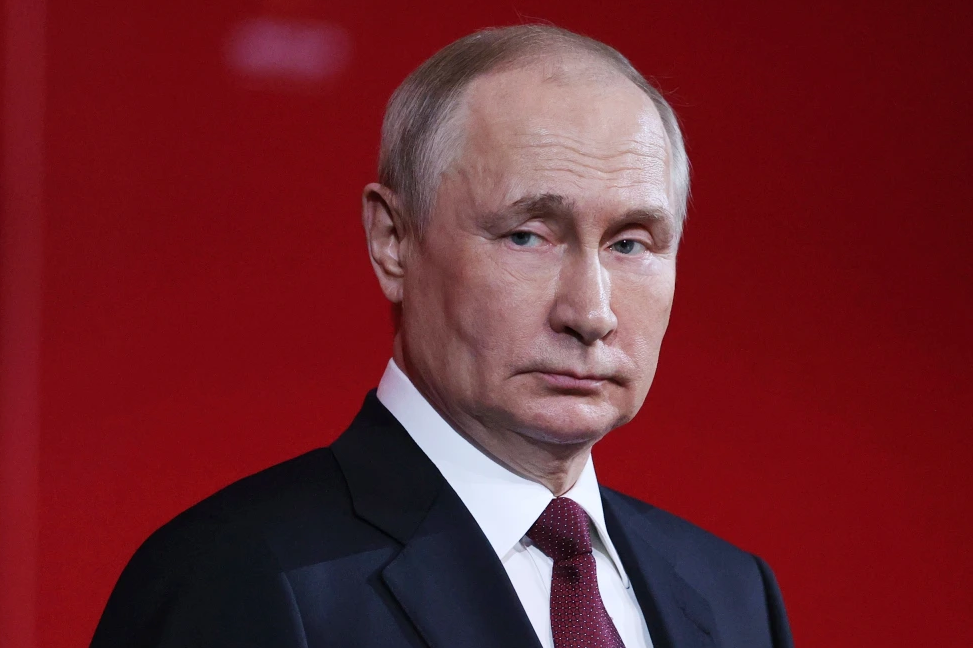
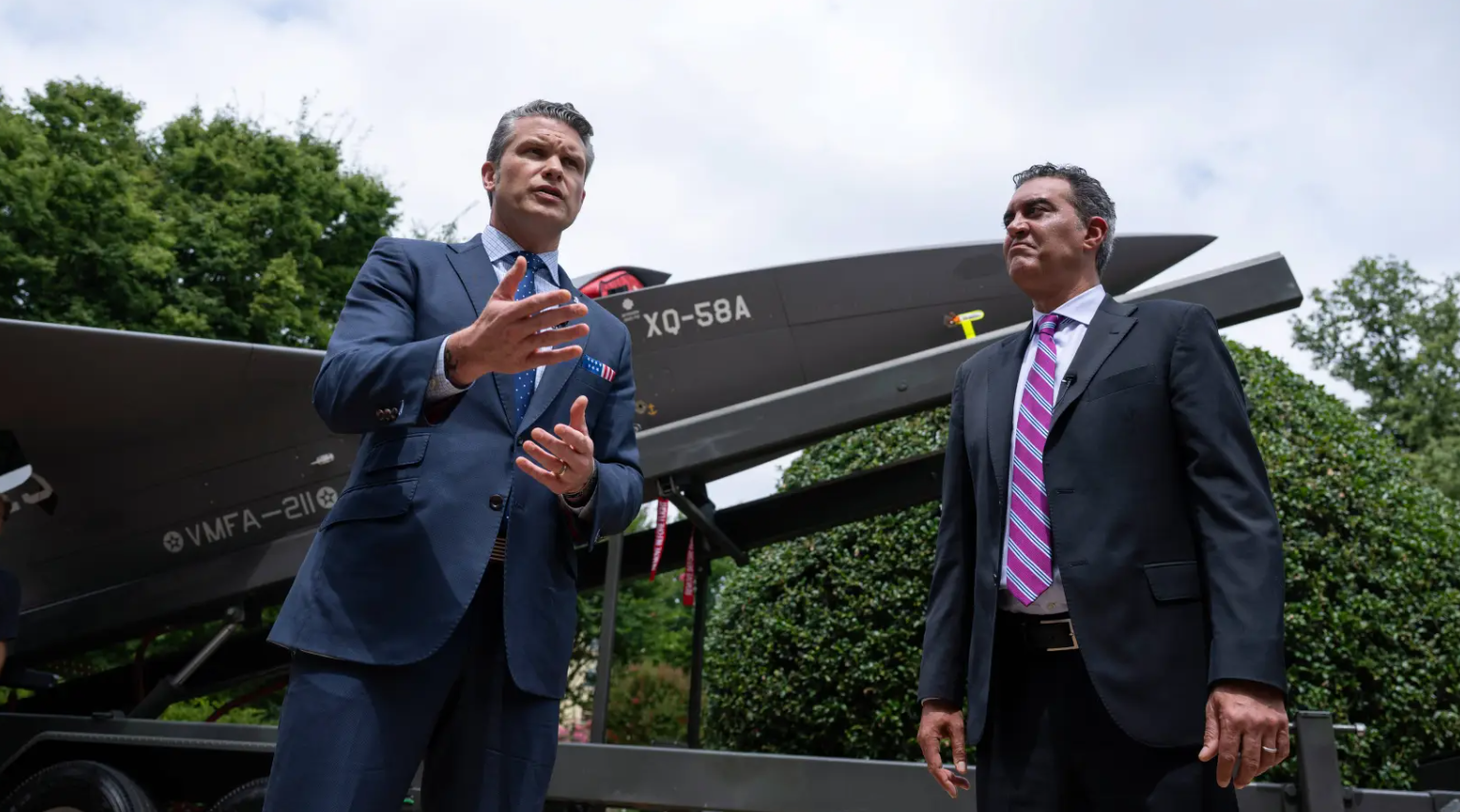



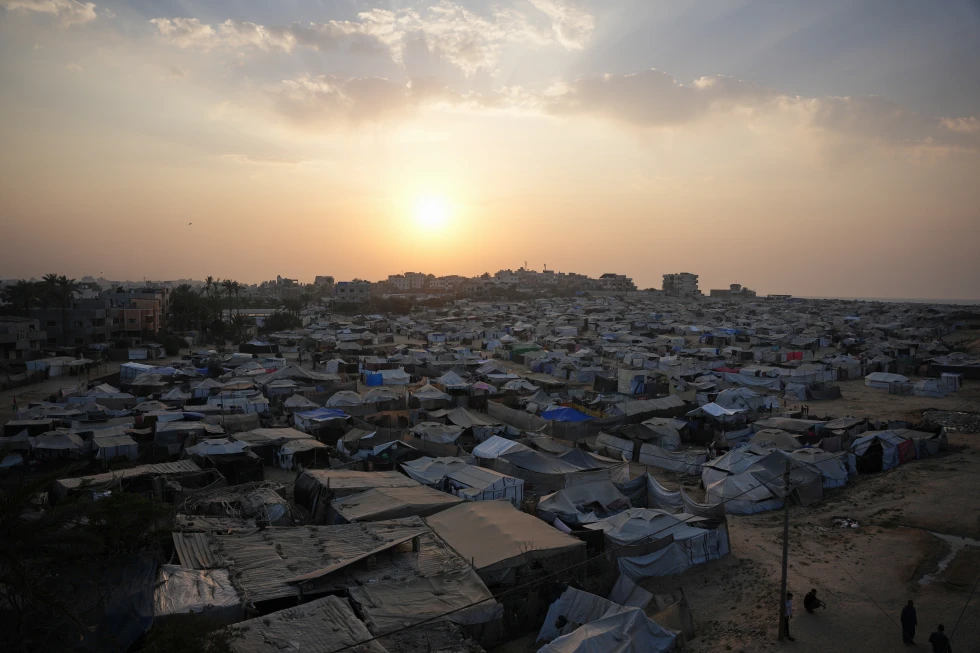


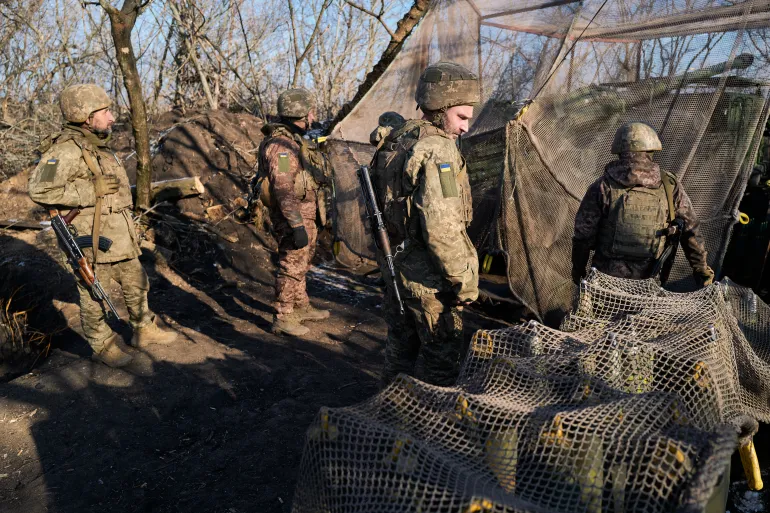

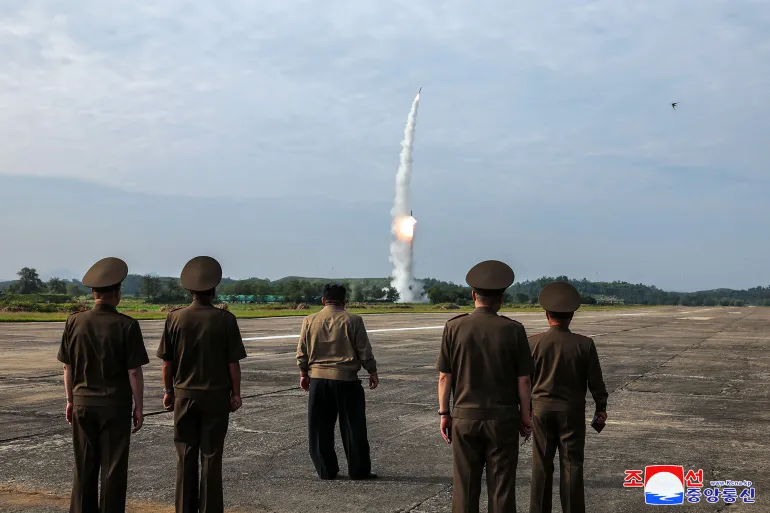

Discussion